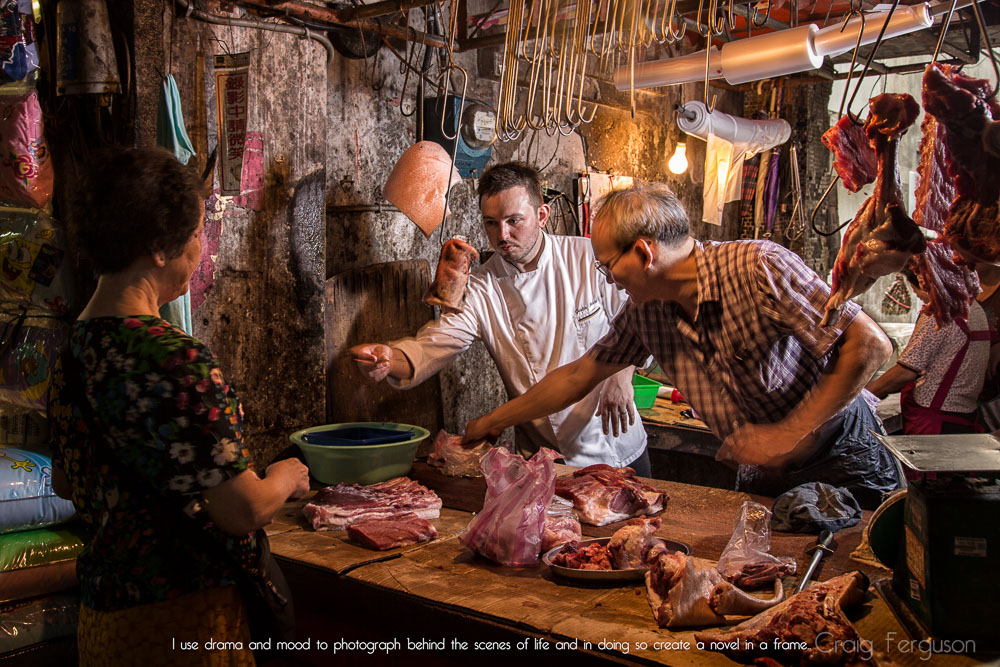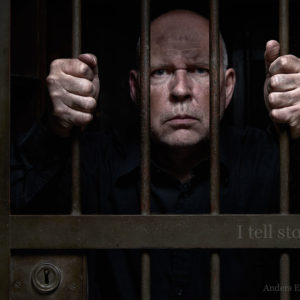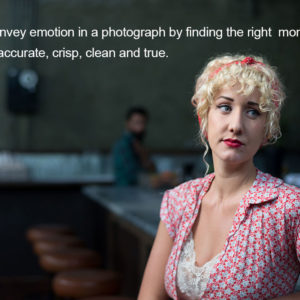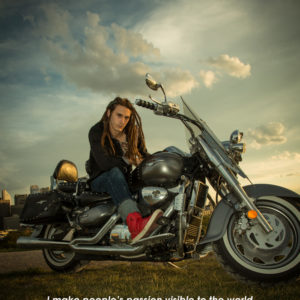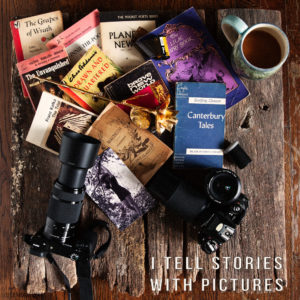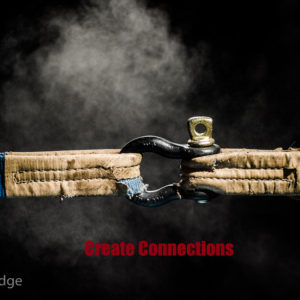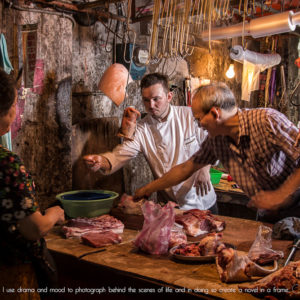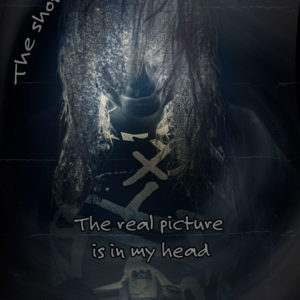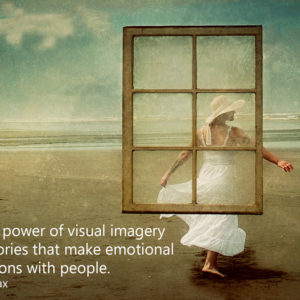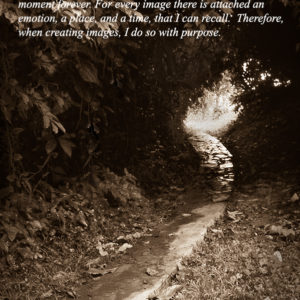ASSIGNMENT TWO
Our “Vision Statement” helps us keep focused on our overarching style and the work we do. It is not a marketing message. It is a message to you and your brain to help keep you focused.
Vision and Art Statement Presentation
Marketing message:
“Specializing in Making Memories that Last”
“Helping Clients with the Power of Light”
“Fulfilling clients needs with really cool photographs”
Vision Statement:
“I Make Moments Count”
“I Discover Hidden Connections Between Subjects”
“I Seek the Most Essential Element”
Marketing messages you would see on a business card, your vision statement is for your eyes only. It is there to remind you about a fundamental approach to making the images you love. Do the worksheet below and you will find out something pretty powerful about your own work. I guarantee it.
1. We “Make” not “Take” the photograph.
Taking the photograph means something entirely different than what we do when we make decisions on lens choice, POV, light, angles and even that single moment in time when we click the shutter release. We MAKE photographs.
Sometimes we grab the camera and make a snap and it is absolutely stunning… fine. I would say that is the result of KNOWING how the camera works, being aware of what is transpiring around you, being visually literate and astute as well as being in the right place to be ‘lucky’… if it was indeed luck.
By making a photograph, we create something that is more than what was presented. It is not a simple record of what was happening, it is something we have framed, and presented with all of the tools at our disposal – that were necessary.
And occasionally, those images may look totally un-refined… but they aren’t. They are the end result of a thousand choices made by the photographer.
2. We solve problems.
Visually we make solutions to other peoples challenges. We “illustrate” a text or article or story. We create images that compel people to believe a certain way, or to purchase an item based on the elegance of the photograph. We make images that “work” as opposed to simply being.
Whether it is an art director or a photo editor or a designer or a creative director, the needs are the same. Solve this problem. Get a photograph that ___________________ (does something). Help the client sell the idea, the product, the service, the point of view… whatever the assignment is – that is what we do.
3. Make it Personal
Yeah, it’s that “Vision Thing”… and it will always be so.
How you make the choices you make, choose the tools you choose, and present the images you do is all part of your vision. It doesn’t have to be unique to the world – it has to be unique to you.
I would love to have people look at your work and say, “oh yeah, that’s (insert your name here)’s work. I would recognize it anywhere.”
Look – many other photographers may be doing something similar. There are very few totally unique anything out there, but establishing a vision makes YOUR work – your work.
A vision statement is what we are going to be looking for here.
ASSIGNMENT:
One Photograph that shows how your vision statement influenced it. Be ready to share how it did so in the webinars.
POST YOUR VISION STATEMENTS ON YOUR PHOTOGRAPH LIKE THIS EXAMPLE:
This is the vision statement part of your Project 52.
– A vision statement is not an “elevator pitch”.
– A vision statement is not a marketing message.
– A vision statement is not a ‘tagline’.
– A vision statement is not necessarily shared with the world.
– This vision statement is about you. Right now.
– It is about your vision of the world, and how your photography fits into it.
Your Assignment is to do your Vision Statement and illustrate it with a photograph.
Use these questions to guide your thoughts.
- Pull the 5 images that you love the most. NOT the ones that got the most comments on Flickr or other Hipstamatic, the ones YOU love the most.
- What do they all have in common… write it down.
- What is different about each of them… write it down.
- How would you describe those images to someone who couldn’t see them.
- Do the images that mean the most to you reflect something you are personally interested in? No right or wrong answer, just think about the relationship between you as a person, and you as an artist.
- If you had an opportunity to do any kind of photography, and be paid well for it, what would it be?
- What do you think about when you think about photography? (Gear? Shooting? Experience? The Image? Recognition?) – again, there is no right or wrong answer.
- When people describe your photography, what terms do they use? What terms would you want them to use to describe your work?
- List three photographers who you would love to shoot like. Not as a copy, but as an influence/mentor.
(For instance me, they would be:David Eustace / Jake Stangle / David Harry Stewart / Scott Toepfer
My contemporary influences change all the time, but currently I am loving the work from these three.)
(Here is the checklist above as a PDF. Download and print. Vision Statement This should help you work through your vision statement.)
Now take all that into account and see what makes sense to you, what makes you happy, what influences you and what all of those things have in common.
This will give you something to focus on while you are working on your vision statement.
This is for your own reward. You do not have to share this with the rest of us. But if you choose not to do it, you will miss out on a great opportunity to discover how you think about imagery, and how that thinking influences your every photograph.
Your vision statement may change during this course. That is totally fine. Don’t stress it, the vision will come if it is not there already.
Referenced Garry Winogrand.
Images from previous class

